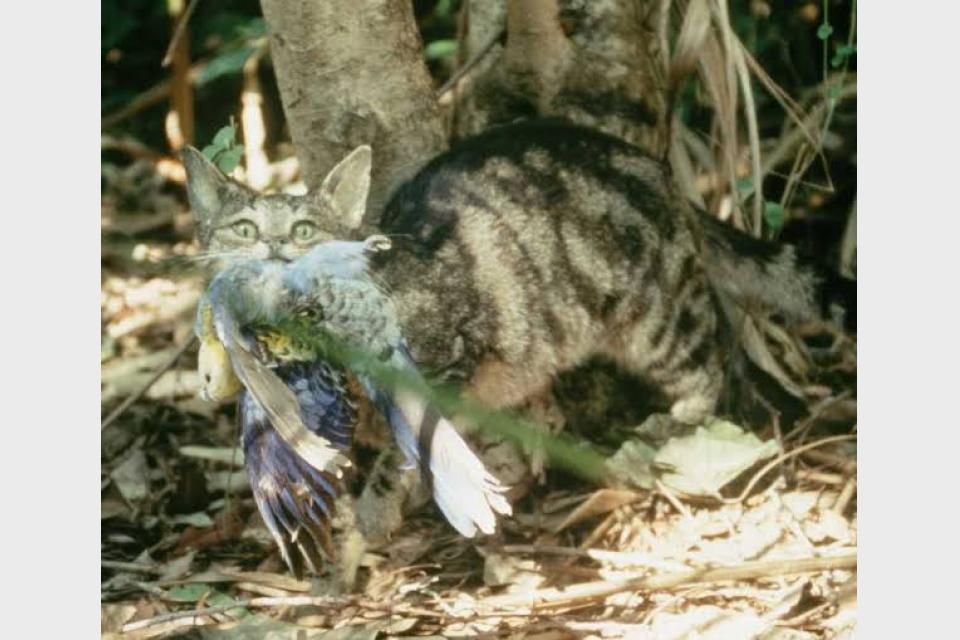Disruptive humans have played a major role in wiping out at least 187 species of birds since 1500. Two natural enemies – rodents and cats – have almost been as lethal. According to the State of the World’s Birds, a global study on the status of avian species, introduced mammals or invasive predators are the primary driver of extinctions of localised bird species. While rodents have been linked to the extinction of 52 bird species, cats have accounted for 40.
“At least 187 avian extinctions have been confirmed or suspected since 1500 [baseline year for the Red List of the International Union for Conservation of Nature], 90% of which pertain to endemic insular species concentrated on the Hawaiian Islands, mainland Australia and islands, the Mascarene Islands, New Zealand, and French Polynesia,” the study says in the section on patterns and trends of extinctions.
The birds that vanished from these islands belonged to 109 taxa or taxonomical groups, most of them (33) in the Hawaiian Islands.
“Cats were introduced for controlling the rodents and also reached these islands with humans as pets, companions or stowaways,” Ashwin Vishwanathan of India-based Nature Conservation Foundation told The Hindu.
He is one of the nine authors of the study led by the Manchester Metropolitan University and published on May 5.
“Over the past 600 years, the rate of extinctions increased to a peak in the late nineteenth century, falling slightly through the early and mid-twentieth century, before increasing again in the late twentieth century,” the study says.
“This change reflects a hiatus in insular extinctions and an increase in extinctions of continentally distributed species in highly fragmented tropical regions,” it says, citing the example of north-eastern Brazil where two species – cryptic treehunter (Cichlocolaptes mazarbarnetti) and Alagoas foliage-gleaner ( Philydor novaesi) – went extinct recently.
The cryptic treehunter was described as a new species from historical museum specimens after its extinction. From the same region in Brazil, the Pernambuco pygmy owl ( Glaucidium mooreorum) is strongly suspected to be extinct while undocumented sightings of the purple-winged ground dove ( Paraclaravis geoffroyi) have raised hopes for its continued existence.
But emergency conservation interventions may be too late for species such as Stresemann’s bristlefront ( Merulaxis stresemanni) with only one and cherry-throated tanager ( Nemosia rourei) with 11 known individuals existing, the study says.
Determining recent extinctions can be problematic given the difficulty of detecting the death of the last remaining individual, especially in remote and poorly-surveyed locations where many potentially extinct species may occur, the study cautions.
The study says 144 birds were “rediscovered” over a 122-year period since 1889, of which 86% are threatened with extinction. Examples of Red List birds “rediscovered” are Cebu flowerpecker ( Dicaeum quadricolor) and New Zealand storm-petrel ( Fregetta maoriana)









